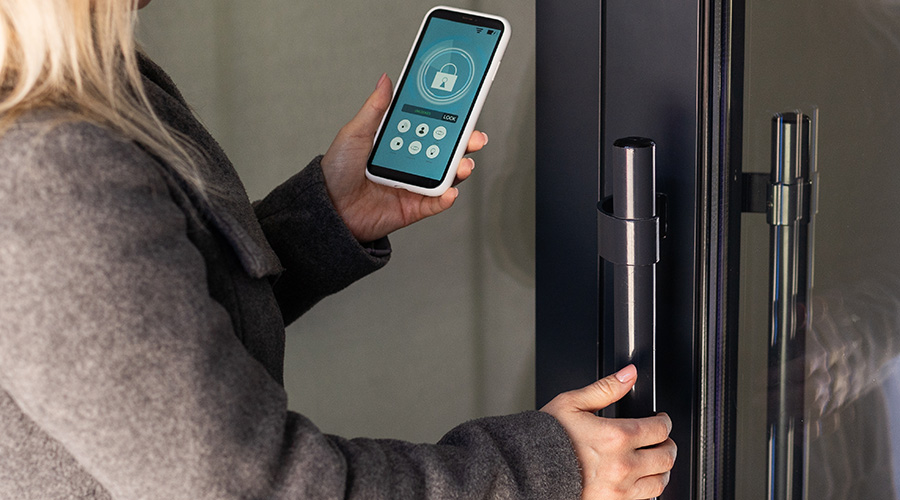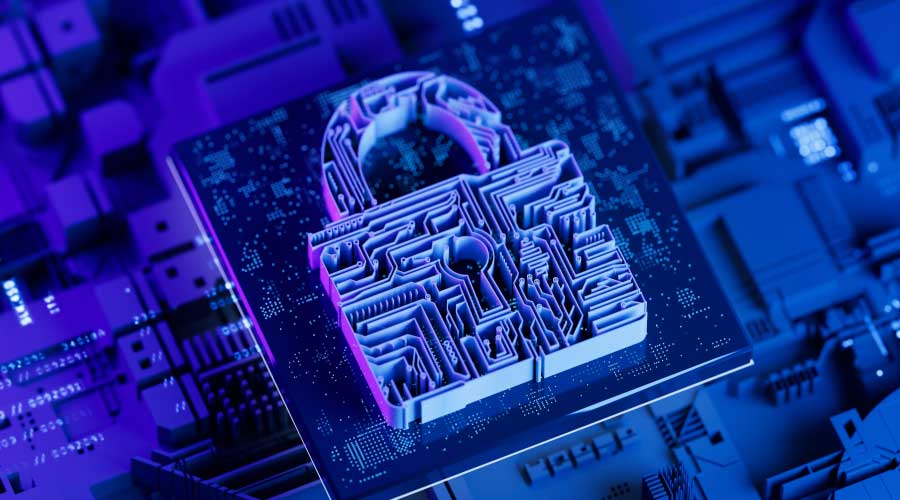Checks 1-5: Audit and Upgrade Access Control System
An access control system is a lot like a car — it requires regular maintenance and inspection. Failure to follow an automobile's maintenance schedule will not cause it to seize up and fail immediately. However, performance, efficiency, reliability and safety will suffer, and the vehicle's lifespan will be shorter than it would be if the routine maintenance is faithfully performed.
The same holds true for your organization's access control system. In order to operate at peak efficiency and ensure your facilities are properly safeguarded, regular inspections and maintenance are required.
What follows is a 10-point access control system checklist. This checklist is analogous to the 3,000 to 5,000 mile automobile maintenance inspection, which typically takes place every three to four months. It is not all-inclusive but, if followed regularly, it will definitely improve efficiency, enhance performance and extend the life of your access control systems.
Check 1: Weed Out Old Badge Records
Employees, tenants, vendors, contractors and others who are issued badges turn over periodically. Oftentimes, their access privileges are not removed from the system. This presents a serious security risk, essentially allowing access to unauthorized individuals. This important check includes reviewing the access list with department heads, human resources personnel, project managers, tenants and contractors.
Check 2: Clean Up Nuisance Alarms
Nuisance alarms are unnecessary or unheeded alarms that recur on a regular basis and are generally ignored by command center operators. Ignoring alarms can lead to operator complacency. When reviewing alarm activity during this inspection, facility managers should pinpoint the top five to 10 nuisance alarms. Facility managers should conduct a study to determine the root cause of the alarm issues, and develop and implement plans to rectify these issues.
Check 3: Update Access Control System
and Server Software and Firmware
Access control system manufacturers periodically release software and firmware updates. These updates are intended to improve efficiency and performance of the system and, in some cases, prevent errors. Server manufacturers and operating system companies also provide periodic updates to software and firmware. The system's integrator can provide an update of software releases by the manufacturer. The IT department can perform the same function for the server and server software. Each upgrade should be evaluated for benefits to a particular system before being installed. If a facility manager chooses not to install the upgrade, he or she should keep a copy for future use. This may be needed to move the system to new version releases at a later date.
Check 4: Review Operator Training Levels
Most access control system manufacturers or systems integrators offer various levels of training and certifications for system users. During this training, end users may understand 75 percent of the system's capabilities and may actually use only 50 percent of the available functionality. If these individuals are responsible for training other users, they can only train to their level of system understanding, thus limiting the effectiveness of the training. Therefore, it is important that end users receive refresher training and advanced training if available. The goal is to have all users properly trained and certified on the current version of the access control system installed at a facility.
Check 5: Conduct a Lock and Key Audit
Every good key control policy requires periodic audits of physical keys and replacement of door key cores. Facility managers should conduct an inventory of all keys. If keys are missing or key management has been mishandled, a key replacement may be necessary. If funds do not allow for a total replacement, critical doors can be identified and a phased plan to change door cores and keys can be implemented.
Related Topics:












